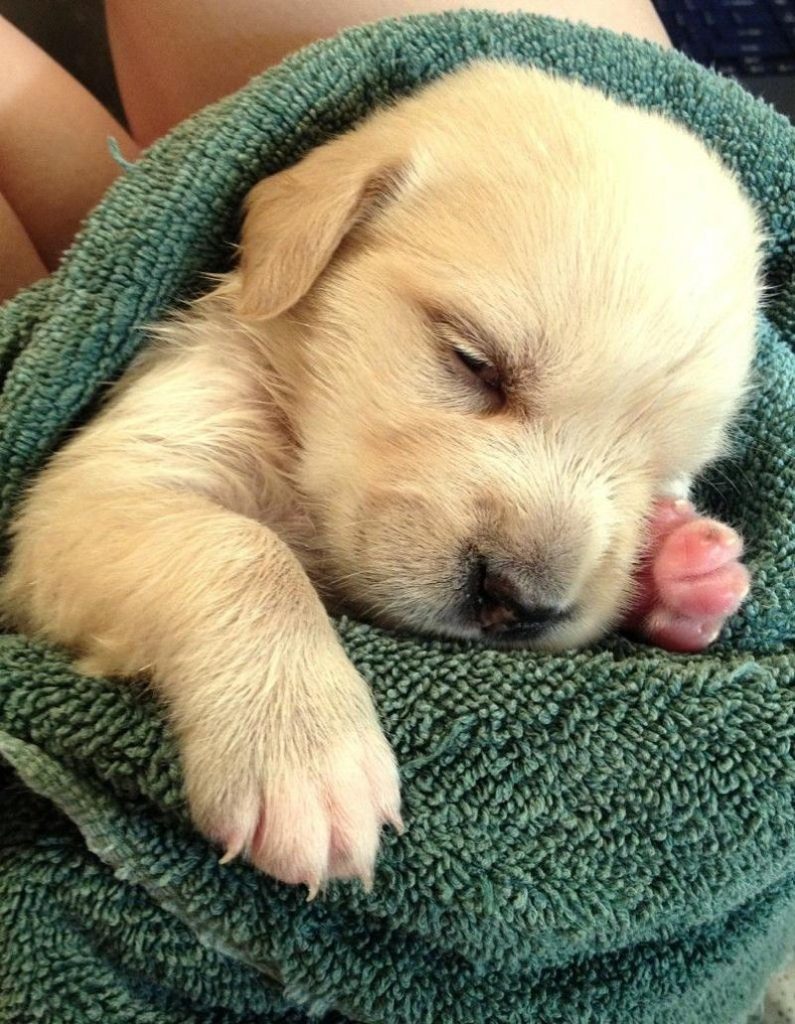Ah, the sheer joy of watching a puppy’s first playdate with a brand-new toy! It’s an adorable sight, filled with wagging tails and paws frantically pawing at colorful objects. However, not all toys are created equal, especially when it comes to our furry friends. Ensuring that your puppy’s playthings are not only fun but also safe is crucial. In this article, we delve into the world of puppy toys, offering insights and tips to help you choose the best, maintain their hygiene, and prolong their lifespan. So, let’s embark on this playful journey to keep your little one entertained and secure.
Unlocking the Joy of Play: The Importance of Safe Toys for Puppies
Puppies are bundles of joy and energy, always on the move and ready to explore. One of the greatest joys of raising a puppy is watching them play and interact with their surroundings. However, it’s crucial to remember that play is not just a form of entertainment—it’s an essential part of a puppy’s development. That’s why investing in safe toys is not just beneficial; it’s essential.
The Vital Role of Play in a Puppy’s Life
Playtime isn’t just about having fun; it’s a critical component of a puppy’s social, emotional, and physical development. During play, puppies learn to communicate, share, and engage with their environment in a safe and controlled manner. It helps them to refine their motor skills, from coordination to balance, and it’s an excellent way for them to work off excess energy, reducing the likelihood of destructive behaviors.
Safety First: Ensuring Toys Are Harmless
The choice of toys for puppies can have a profound impact on their well-being. The wrong toy can lead to injury, ingestion of harmful materials, or even pose a choking hazard. That’s why it’s imperative to prioritize safety when selecting toys for your young canine companion.
Choosing Toys That Promote Growth
Toys that encourage play not only provide entertainment but also promote growth and learning. Interactive toys that require a bit of puzzle-solving or physical engagement help puppies develop cognitive abilities. This can prevent boredom and keep them mentally stimulated, which is just as important as physical exercise.
Quality Over Quantity
It’s easy to get carried away with the myriad of options available, but remember, it’s quality that counts. Invest in well-made, durable toys that are designed to withstand the rigors of play. These often cost more upfront but can last for years, providing your puppy with countless hours of playtime.
Durability and Non-Toxic Materials
Puppies are notorious for their tendency to chew on anything within reach. As such, it’s important to choose toys made from non-toxic materials that can withstand aggressive chewing without the risk of your puppy ingesting harmful parts. Look for toys that are made of sturdy rubber or soft, washable materials.
Toys for All Ages and Stages
Puppies go through different stages of development, and their play needs change accordingly. From teething to the adult stage, selecting the right type of toy for each stage ensures that your puppy stays engaged and continues to learn through play.
Squeakers and Flappers: The Sound of Fun
Squeaking and flapping toys can be a big hit with puppies, as the sound and movement mimic real-life experiences and encourage play. Just be sure that these toys are securely constructed so that parts can’t be easily chewed off and swallowed.
The Chewing Challenge: Nipping It in the Bud
Chewing is a natural behavior for puppies, as it helps them relieve the discomfort of teething. Providing them with appropriate chew toys can satisfy this urge while preventing damage to household items. Choose toys that are designed specifically for chewing and offer relief for sore gums.
Safety in Play: Regular Checks and Cleanliness
Even the safest toys can become a hazard if not maintained properly. Regularly inspect your puppy’s toys for any signs of wear or damage, and promptly remove them if they show signs of being chewed or worn out. Also, remember to wash your puppy’s toys regularly to prevent the build-up of bacteria or other contaminants.
Creating a Playful Bond
Toys are not just items; they are tools that help deepen the bond between you and your puppy. Playtime provides an opportunity to interact and build trust, reinforcing your role as a caregiver and protector.
In Conclusion
Safe toys are more than just playthings; they are essential tools for your puppy’s growth and happiness. By carefully selecting toys that are safe, durable, and engaging, you can ensure that playtime not only brings joy but also contributes positively to your puppy’s overall well-being. So, the next time you’re at the pet store, think about how each toy can enrich your puppy’s life, and remember: the best toys are those that are safe, fun, and tailored to your puppy’s unique needs and stages of development.
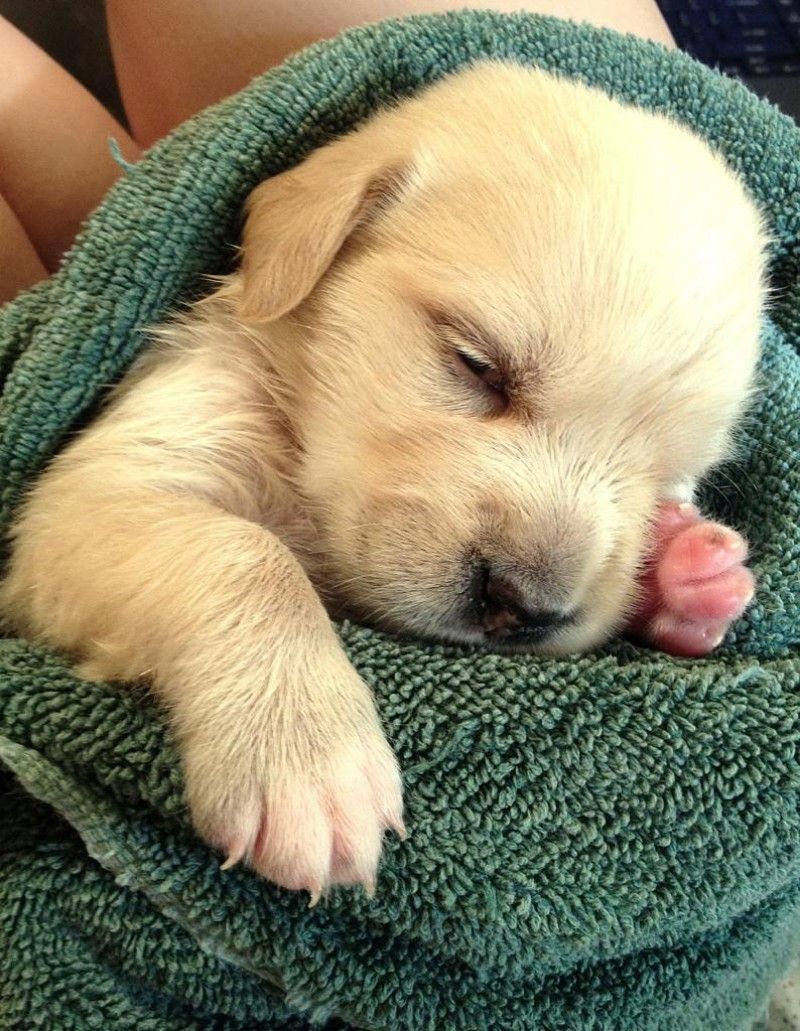
Navigating the Toy Aisles: What Makes a Toy Truly Safe for Puppies?
When it comes to selecting toys for your puppy, the toy aisle can feel like a maze of colorful, tempting options. But with so many choices, how do you know which ones are truly safe for your little furball? Here’s what to look for to ensure that your puppy’s playtime is both fun and secure.
Material Matters: The first thing to consider is the material from which the toy is made. Opt for toys crafted from non-toxic, durable materials like natural rubber, plush fabrics, or sturdy plastics. These materials are less likely to break down into small pieces that could pose a choking hazard or be ingested by your curious puppy.
No Hard Edges or Sharp Corners: Toys with hard edges or sharp corners can be easily damaged during play, potentially leading to injuries to your puppy’s mouth or paws. Check for toys that have smooth, rounded edges to prevent any accidental harm.
Size Appropriate: The size of the toy is crucial. A toy that’s too large might be ignored, while one that’s too small could easily be swallowed. Ensure that the toy fits comfortably in your puppy’s mouth without posing a risk of choking. A good rule of thumb is that the toy should be larger than your puppy’s mouth and small enough for them to pick up and carry.
Chew-Proof Construction: Puppies are notorious for their chewing habits, so durability is key. Look for toys designed to withstand rigorous chewing, which can help prevent pieces from breaking off. Toys with textures that encourage chewing, like those with squeakers or crinkly surfaces, can also be entertaining and safe.
Easy to Clean: Toys that are easy to clean are a must. Puppies are prone to drooling and getting toys dirty during play. Toys that can be easily wiped down or even machine-washed are more hygienic and can be used longer.
Squeakers and Sounds: Squeakers and other sounds can be great for stimulating your puppy’s senses. However, ensure that the squeaker is securely placed inside the toy and that it doesn’t come loose and pose a choking risk. Some toys even have replaceable squeakers for extended playtime.
No Small Parts: Avoid toys with small parts that can be pulled off or swallowed. Look for toys with stitched seams that are secure and don’t easily unravel, as this can lead to the release of small pieces.
Stress-Free Materials: Make sure the toy is made from materials that won’t cause allergies or irritation to your puppy’s skin. Natural rubber and cotton are often the safest choices.
Endurance in Design: Consider the longevity of the toy. Toys that are designed to be interactive, like puzzle toys or those that encourage fetching, can keep your puppy engaged for longer periods.
Safety Certifications: Before making a purchase, check for any safety certifications the toy may have, such as those from the American Society for Testing and Materials (ASTM) or the International Association of Canine Professionals (IACP).
Ergonomic Shapes: Toys that are ergonomically shaped can be easier for your puppy to hold and manipulate, making playtime more enjoyable and less likely to result in dropped toys and frustration.
User-Friendly Features: Some toys come with features that make them user-friendly for both you and your puppy. Look for toys with easy-to-use attachments, such as handles or strings, that allow you to play along with your puppy.
Quality Over Quantity: While it’s tempting to buy a lot of toys, it’s better to have a few high-quality, safe toys than a shelf full of potentially dangerous ones. Quality toys not only last longer but also provide more value in terms of safety and entertainment.
Remember, the goal is to provide your puppy with toys that are not only fun but also safe. With a bit of research and careful consideration, you can find the perfect playthings that will keep your furry friend happy and healthy.
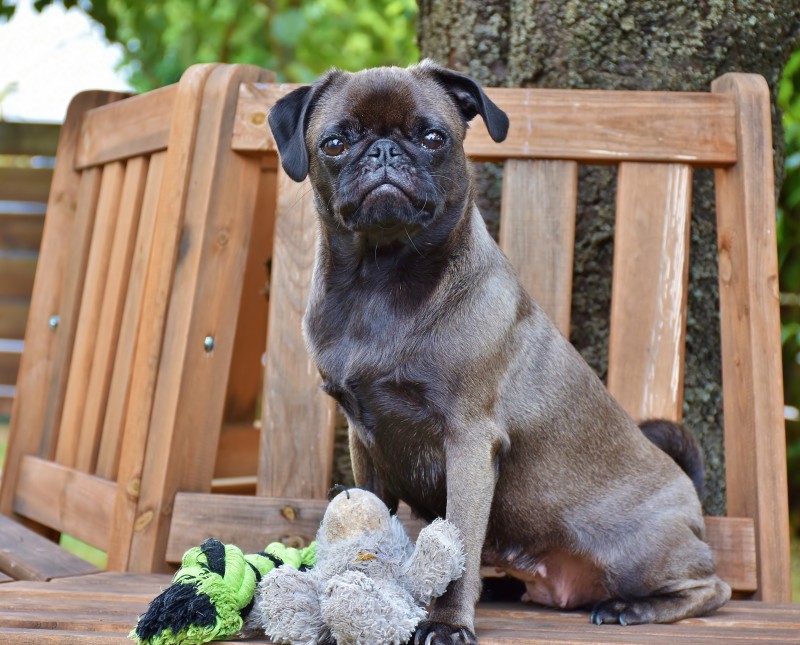
Our Top Picks: 5 Safe Toys for Puppies That Will Keep Them Busy and Happy
When it comes to selecting toys for your puppy, safety is paramount. Here are five top picks that are not only designed to keep your furry friend entertained but also to ensure a worry-free playtime.
-
Interactive Treat Dispensing Toys: These clever toys are not just for fun; they’re a fantastic way to reinforce your puppy’s training and mental stimulation. With their durable construction and built-in treats, they encourage your pup to figure out how to get the reward, which can be a great way to keep them engaged for extended periods.
-
Rugged Chew Toys: Puppies have a natural instinct to chew, and providing them with a safe alternative can prevent damage to your furniture or shoes. Look for toys made from natural rubber or durable materials like nylon. These toys are designed to withstand the rigorous chewing that puppies are prone to and come in various shapes and sizes to accommodate different chewing preferences.
-
Squeaky and Textured Toys: The sound of a squeaky toy can be irresistible to puppies, and the varied textures can help stimulate their senses. Ensure the squeaker is securely fastened and that the toy is easy to clean, as it will likely end up in your puppy’s mouth. These toys can provide hours of entertainment as your pup chases, bats, and plays with them.
-
Tug-of-War Toys: Tug-of-war is a classic game that can help build strength and bond with your puppy. Choose a toy that is strong enough to withstand pulling and tugging without breaking. Look for toys with different textures to add an extra layer of fun. These toys can also be used for training exercises, teaching your puppy to drop items on command.
-
Ffoam Puzzle Toys: These toys are excellent for mental stimulation. They come with compartments or hidden treats that require your puppy to manipulate the toy to access the reward. This type of toy can be particularly beneficial for puppies that are prone to destructive behavior, as it channels their energy into a constructive activity.
When choosing a toy for your puppy, consider the following factors to ensure it’s truly safe:
-
Material: Opt for toys made from non-toxic materials that are free from harmful chemicals. Natural rubber, nylon, and high-quality foam are great choices.
-
Size: Ensure the toy is appropriately sized for your puppy. It should be large enough that it can’t be swallowed or choked on but small enough to be engaging.
-
Durability: A good toy for a puppy should be able to withstand a lot of wear and tear. Look for toys that are labeled as “indestructible” or “extra tough.”
-
Safety Features: Check for any small parts that could come loose and pose a choking hazard. Also, ensure that the toy doesn’t have any sharp edges or points that could injure your puppy.
-
Maintenance: Toys should be easy to clean. This is especially important for squeaky toys, which can accumulate bacteria and dirt over time.
Remember, no toy is indestructible, and your puppy’s chewing behavior can change as they grow. Regularly inspect toys for any signs of wear or damage and replace them when necessary. With the right toys, you can help your puppy develop healthy play habits that will keep them busy and happy for years to come.

From Durability to Entertainment: Features to Look for in Puppy Toys
Choosing the right toys for your puppy is crucial for their development and happiness. Here are some key features to consider to ensure your furry friend’s playtime is both enjoyable and safe.
Sturdiness and DurabilityPuppies are notorious for their playful yet sometimes destructive nature. Look for toys made from robust materials like natural rubber or durable fabrics. These toys can withstand a good deal of chewing and tugging without breaking apart into harmful pieces.
Appropriate SizeSelect toys that are appropriately sized for your puppy’s breed and chewing habits. Toys that are too small can pose a choking hazard, while those that are too large might not engage your puppy’s interest. It’s a delicate balance between keeping them challenged and keeping them safe.
Non-Toxic MaterialsEnsuring that the materials used in puppy toys are non-toxic is paramount. Check for toys made from food-grade materials and free from harmful chemicals, such as phthalates and BPA. Your puppy’s curiosity can lead them to ingest small pieces, so it’s best to avoid any risks.
Interactive ElementsInteractive toys that encourage play and mental stimulation are fantastic for puppies. Look for toys with sounds, textures, or movement that can keep your puppy engaged and active. Puzzle toys, for instance, can help keep their mind sharp while providing physical exercise.
Chew-Resistant EdgesPuppies love to chew, and it’s important that their toys have edges that won’t easily break off. Toys with sturdy stitching and reinforced seams are less likely to unravel, which reduces the risk of ingestion or injury.
Ergonomic DesignToys that are easy for puppies to hold and manipulate can be more enjoyable and safer. Ergonomic shapes can prevent discomfort or injury from misshapen or awkwardly designed playthings.
Water-Resistant or WaterproofIf your puppy loves to play in water or if you enjoy bath time with your pup, opting for a water-resistant or waterproof toy is a smart choice. These toys can stand up to moisture and are easier to clean, maintaining hygiene and longevity.
Flavor and AromaMany puppies are attracted to the scent and flavor of certain toys. Toys infused with a natural flavor can be a hit, as they mimic the taste of real treats. However, ensure that any scent or flavor is non-toxic and safe for ingestion.
Safe for Multiple UsesConsider toys that offer versatility, such as those that can be used both indoors and outdoors. This allows for a wider range of play options and ensures your puppy’s toy will be enjoyed year-round.
Quality of AssemblyThe quality of a toy’s assembly is as important as its materials. Look for toys that are well-sewn and don’t have loose parts. Poorly constructed toys can unravel quickly, posing a risk of small pieces becoming a choking hazard.
Ease of CleaningCleaning your puppy’s toys regularly is essential for maintaining hygiene. Opt for toys that are easy to clean, whether they are machine washable or simple to wipe down. A clean toy means fewer health risks and extended playtime.
Age-AppropriateDifferent age groups of puppies have varying levels of teeth and chewing intensity. Choose toys that are appropriate for your puppy’s age and size. For younger pups, soft toys with gentle textures are better, while older, more robust puppies might enjoy tougher materials.
By focusing on these features, you can find puppy toys that not only provide entertainment but also ensure that your furry companion stays safe during their playtime. Remember, a happy puppy is a healthy puppy, and a well-chosen toy can be a vital part of their development and well-being.
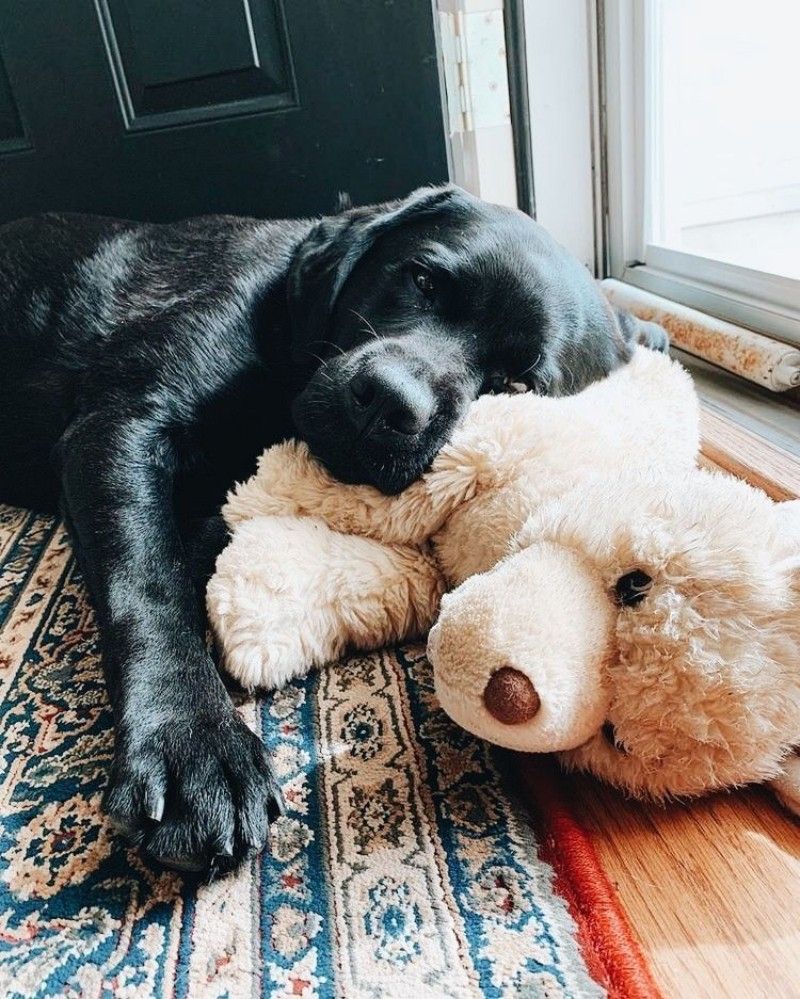
The ABCs of Safety: Ensuring Your Puppy’s Toy is a Hit, Not a Hazard
When it comes to puppy toys, safety should be your top priority. Ensuring that your furry friend has fun without putting themselves at risk is crucial. Here are some key aspects to consider to make sure your puppy’s toy is a delightful plaything rather than a potential hazard.
Materials MatterThe choice of materials can significantly impact a toy’s safety. Opt for toys made from non-toxic, durable materials like natural rubber, sturdy plastic, or high-quality fabrics. These materials are less likely to break down over time, reducing the risk of small pieces that could be ingested by your puppy.
No Small PartsPuppies are naturally curious and tend to put everything in their mouths. Toys with small parts can easily come apart, leading to choking hazards. Look for toys designed for puppies that are free of loose buttons, beads, or other small pieces that could become a dangerous choking risk.
Tough ConstructionPuppies are energetic and can be quite destructive. A toy that withstands rigorous play is essential. Look for toys that are stitched or glued securely, with no loose threads or seams that could unravel and cause harm. A well-constructed toy can withstand hours of rough play without falling apart.
Chew-Proof DesignPuppies have a natural instinct to chew, which can lead to damaged teeth and potentially swallowed pieces. Look for toys that are specifically designed to be chew-proof, often featuring thick, resilient rubber or tough plastics that can stand up to the strongest of puppy chompers.
No Sharp EdgesToys with sharp edges or corners can cause injury if they break or are chewed on. Ensure that any toy you select has smooth surfaces and rounded edges, reducing the risk of cuts or scratches to your puppy’s mouth or paws.
Interactive ElementsEngaging your puppy in interactive play can help with their mental stimulation and prevent boredom. Look for toys with interactive features like puzzles, squeakers, or handles that allow you to play with your puppy, encouraging a stronger bond between you both.
Easy to CleanPuppies can get their toys quite dirty during play. Toys that are easy to clean not only maintain hygiene but also reduce the risk of bacterial growth. Opt for toys that can be easily washed or wiped down, and consider ones that are designed to be dishwasher safe for convenience.
Age-AppropriatePuppies come in all shapes and sizes, and so do their play needs. Choose toys that are appropriate for your puppy’s age and size. For younger puppies, softer toys with gentle textures are preferable, while older puppies may enjoy more durable and interactive toys.
Flavor and ScentMany puppies are attracted to toys that mimic the taste or scent of real treats. Toys that come in a variety of flavors or scents can be a hit, but make sure the flavors are safe and the scents are not overpowering.
Monitor PlayEven the safest toy can become a hazard if your puppy chews on it excessively or plays with it in an unsafe manner. Always supervise your puppy during playtime, and regularly inspect their toys for signs of wear and tear.
Educate Your PupTeaching your puppy from a young age about what is safe and what is not can be incredibly beneficial. Encourage good play habits and reward them when they use their toys correctly.
By keeping these factors in mind, you can ensure that the toys you provide for your puppy are not only entertaining but also safe. A well-chosen toy can be a source of endless joy for your furry companion, without the risk of harm. Remember, the best toys are those that your puppy loves and that you can trust to last through many play sessions.
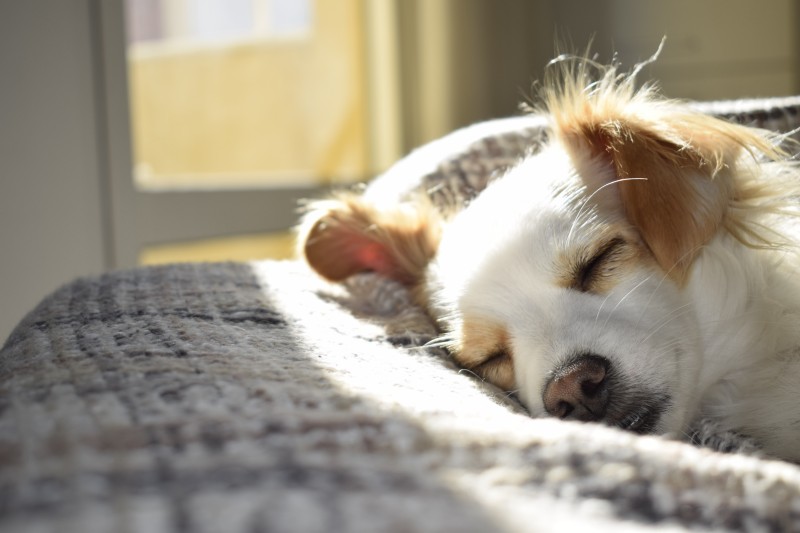
Tips for Introducing New Toys to Your Pup
Introducing new toys to your puppy can be an exciting time, filled with opportunities for bonding and play. Here are some tips to help ensure the transition is smooth and enjoyable for both you and your furry friend:
-
Choose the Right Time: Pick a moment when your puppy is calm and not overly excited or hungry. This will help them focus on the new toy rather than being distracted by other factors.
-
Start Small: Introduce one toy at a time to avoid overwhelming your puppy. This allows them to get accustomed to the new item without feeling stressed.
-
Make It Interesting: Hide the toy under a blanket or in a box to pique your puppy’s curiosity. The element of surprise can make the toy more appealing.
-
Personalize the Experience: Let your puppy sniff the toy to familiarize themselves with the scent. This can help them feel more comfortable with the new item.
-
Encourage Interaction: Gently show your puppy how to use the toy, such as tossing it or showing them how to tug at it. This interaction can help them understand the toy’s purpose.
-
Offer Praise: Whenever your puppy shows interest in the toy, reward them with praise. Positive reinforcement will encourage them to continue engaging with the toy.
-
Monitor Playtime: Watch your puppy’s play to ensure they are not ingesting pieces of the toy or acting aggressively. This will help you intervene if necessary.
-
Be Patient: Some puppies may be hesitant or even fearful of new toys. Give them time to adjust; they might need a few tries before they’re comfortable with the new item.
-
Rotate Toys: Keep your puppy’s toy collection fresh by rotating toys in and out of their play area. This can prevent boredom and keep them interested in their toys.
-
Check for Safety: Before giving a toy to your puppy, inspect it for any small parts that could be a choking hazard or sharp edges that could cause injury. Toys should be sturdy enough to withstand rough play.
-
Encourage Natural Behaviors: Select toys that encourage your puppy to engage in natural behaviors, such as chewing, digging, or carrying. This can help with teething pain and promote healthy development.
-
Be Aware of Your Puppy’s Preferences: Some puppies prefer plush toys, while others may be more interested in interactive toys. Pay attention to what your puppy seems to enjoy most and adjust their toy selection accordingly.
-
Teach Boundaries: If the toy is for interactive play, show your puppy that they need to play gently. This will help prevent any accidental damage to the toy or harm to your puppy.
-
Store Toys Properly: When your puppy isn’t playing, store their toys in a designated area. This helps keep them clean and prevents them from getting lost or damaged.
-
Regularly Inspect Toys: Periodically check your puppy’s toys for any signs of wear and tear. Replace toys that are broken or have any parts that could pose a risk to your puppy’s safety.
Remember, the goal is to make playtime a positive experience for your puppy. By introducing new toys thoughtfully and monitoring their play, you can help ensure that your puppy’s toys are a source of joy and not a source of harm.
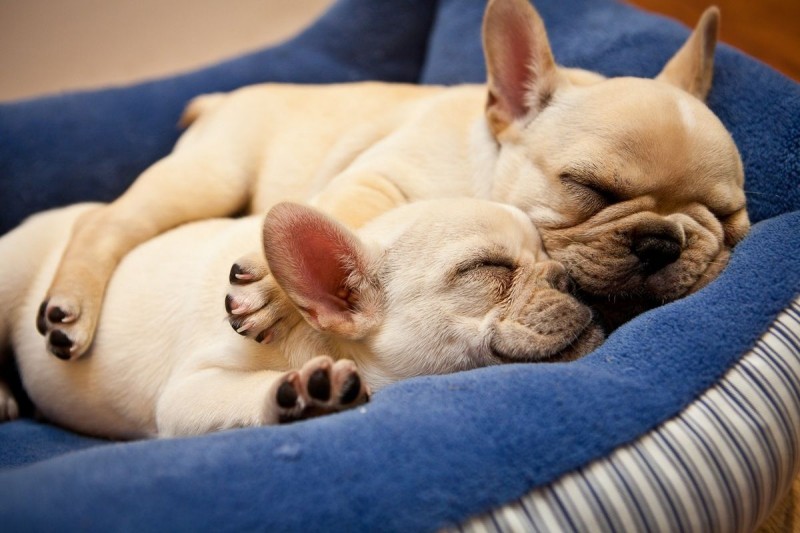
Maintaining Toy Hygiene: Keeping Your Puppy’s Toys Clean and Safe
When it comes to keeping your puppy’s toys clean and safe, there are several key practices to consider. Regular maintenance not only ensures the longevity of the toys but also keeps your furry friend healthy and happy. Here’s how to keep those playthings in tip-top shape:
Regular InspectionsMake it a habit to inspect your puppy’s toys regularly. Look for any signs of wear and tear, such as frayed edges, loose parts, or any damage that could pose a choking hazard. A simple visual check can often reveal issues that might not be immediately apparent to your pup.
Cleaning RoutineEstablish a cleaning routine for your puppy’s toys. Depending on the type of toy, you might need to clean them more or less frequently. For example, plush toys can be spot-cleaned with a damp cloth, while rubber or durable chew toys might only need a wipe-down with a toy-safe cleaner. Always follow the manufacturer’s instructions for cleaning to avoid damaging the toys.
Hand WashingSome toys, especially those made of fabric or with intricate designs, may require hand washing. Use mild soap and warm water to gently clean these toys. Be sure to rinse thoroughly and allow them to air dry completely before giving them back to your puppy.
Baking Soda MagicFor toys that are particularly smelly or have accumulated dirt, baking soda can be a game-changer. Sprinkle a generous amount of baking soda inside the toy, shake it around, and let it sit for a few hours. Then, vacuum out the baking soda, which will have absorbed the odors and dirt.
Boiling for SanitizationFor toys that are sturdy enough to withstand high temperatures, boiling is an effective way to sanitize them. Place the toys in a pot of boiling water for a few minutes, then remove them with tongs and let them cool before rinsing and drying.
Avoiding Harsh ChemicalsWhen cleaning toys, steer clear of harsh chemicals and fragrances. These can be irritating to your puppy’s sensitive nose and skin. Opt for gentle, pet-safe cleaners or natural alternatives like vinegar or hydrogen peroxide for sanitizing.
Drying Toys ProperlyProperly drying toys is crucial to prevent mold and mildew growth. After cleaning, lay plush toys flat on a clean towel to dry. For rubber or plastic toys, you can use a towel to absorb excess water and then let them air dry completely in a well-ventilated area.
Regular RotationKeep your puppy’s toy collection fresh by rotating the toys. Not only does this keep things interesting for your pup, but it also allows you to monitor the condition of each toy more closely. Replace any toys that show significant wear or damage.
Safe StorageStore your puppy’s toys in a designated area that’s easy for them to access but also free from hazards. Avoid stacking toys too high, as this can lead to toppled piles and potential injury. If you have multiple dogs, ensure that the storage area is large enough to prevent overcrowding and fighting over toys.
Observation During PlayAlways supervise your puppy during playtime, especially when they’re using new or unfamiliar toys. This helps you monitor their behavior and ensure they’re not engaging in any dangerous play patterns.
Regular Cleaning of Play AreasDon’t forget to clean the areas where your puppy plays. Regularly vacuuming or sweeping the floor can help remove any debris or dirt that could end up in your pup’s toys.
Educating Your PuppyTeach your puppy to be gentle with their toys. Some puppies may be rough with their playthings, which can lead to quicker wear and tear. Use positive reinforcement to encourage your pup to play nicely.
By following these tips, you can maintain the cleanliness and safety of your puppy’s toys, ensuring that they remain a source of joy and entertainment for your furry companion. Remember, a well-maintained toy collection not only keeps your puppy happy but also contributes to their overall well-being.

How to Extend the Life of Your Puppy’s Favorite Toys
In the world of puppy playtime, toys are not just objects of fun; they’re essential tools for development and bonding. Ensuring that these toys last as long as possible can save you money and keep your furry friend entertained for months. Here are some clever strategies to extend the life of your puppy’s beloved toys:
1. Choose Toys WiselySelecting the right type of toy is crucial. Puppies have a tendency to chew, so opt for toys made from durable materials like heavy-duty rubber, tough fabrics, or even stainless steel. Avoid toys with small parts that can be easily torn off and swallowed, which can lead to serious health issues.
2. Rotate Your Pup’s Toy CollectionPuppies get bored with the same toys quickly, so rotating them can keep your pup engaged. Keep a variety of toys handy and switch them out periodically. This not only extends the life of each toy but also prevents your puppy from getting too reliant on one favorite.
3. Supervise PlaytimeAlways supervise your puppy during playtime, especially when they’re interacting with new toys. This helps ensure that the toy remains intact and that your pup doesn’t damage it beyond repair. Plus, it gives you a chance to observe their behavior and make adjustments if necessary.
4. Create Interactive PlayInteractive toys that require your puppy to use their brain can help them stay mentally stimulated and less likely to destroy their toys physically. Puzzle toys, treat-dispensing toys, and tug-of-war ropes can provide hours of entertainment without putting undue stress on the toy itself.
5. Clean Toys RegularlyDirt, bacteria, and even mold can accumulate on toys, especially if they’re chewed and swallowed. Regular cleaning not only keeps your pup healthy but can also extend the life of the toy. Use mild soap and water, or a pet-safe cleaning solution, and ensure all toys are thoroughly dried before returning them to your puppy.
6. Inspect Toys RegularlyRegularly check your puppy’s toys for signs of wear and tear. Look for any loose threads, worn-out spots, or cracks. If a toy is getting thin or fraying, it’s time to retire it. A broken toy can become a safety hazard.
7. Use a Durable Toy BagStore your puppy’s toys in a durable, easy-to-access bag or container. This keeps them from getting lost or stepped on, which can lead to damage. A well-organized toy storage area also makes it easier to rotate toys and spot any that need to be replaced.
8. Consider a Toy TumblerFor a quick and effective way to sanitize toys, consider using a toy tumbler. These devices can clean and dry toys in a fraction of the time it would take by hand. Just toss in the toys, add a cleaning solution, and run the cycle. It’s a convenient way to keep your puppy’s toys hygienic and long-lasting.
9. Teach Your Pup to Use a Toy CorrectlySome puppies may not understand that certain toys are meant to be chewed on, while others are for carrying or batting around. Teach your puppy the appropriate use of each toy. This can help prevent unnecessary wear and tear.
10. Store Toys Out of ReachWhen your puppy isn’t playing, store their toys out of reach. This prevents them from getting bored and potentially destroying a toy out of loneliness or boredom. Plus, it keeps the toys safe from dirt and dust when not in use.
By following these tips, you can help ensure that your puppy’s favorite toys remain enjoyable for longer periods. Not only does this save you money, but it also provides your furry friend with the mental and physical stimulation they need to thrive. Happy playtime!

